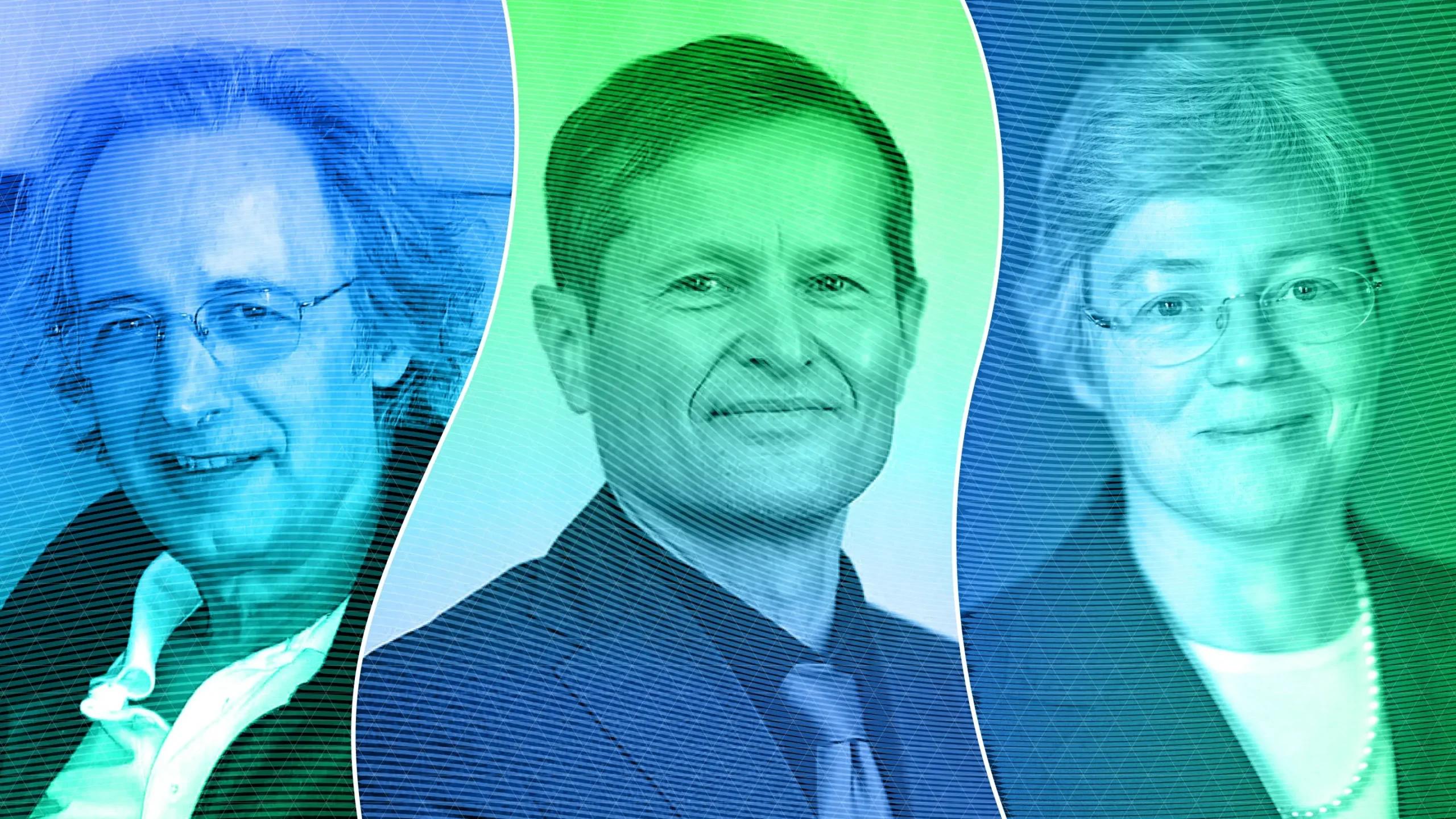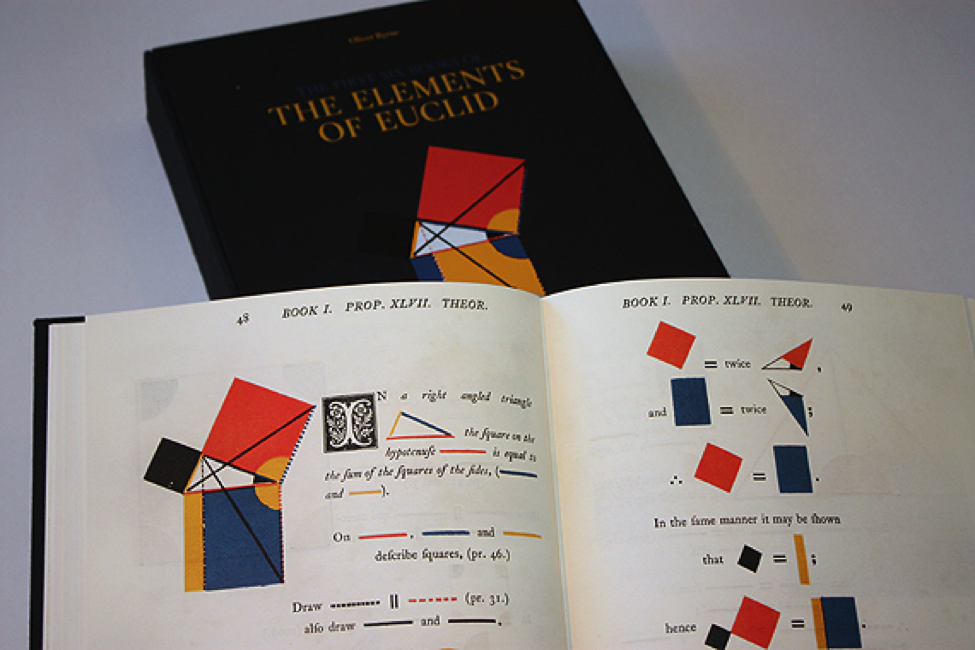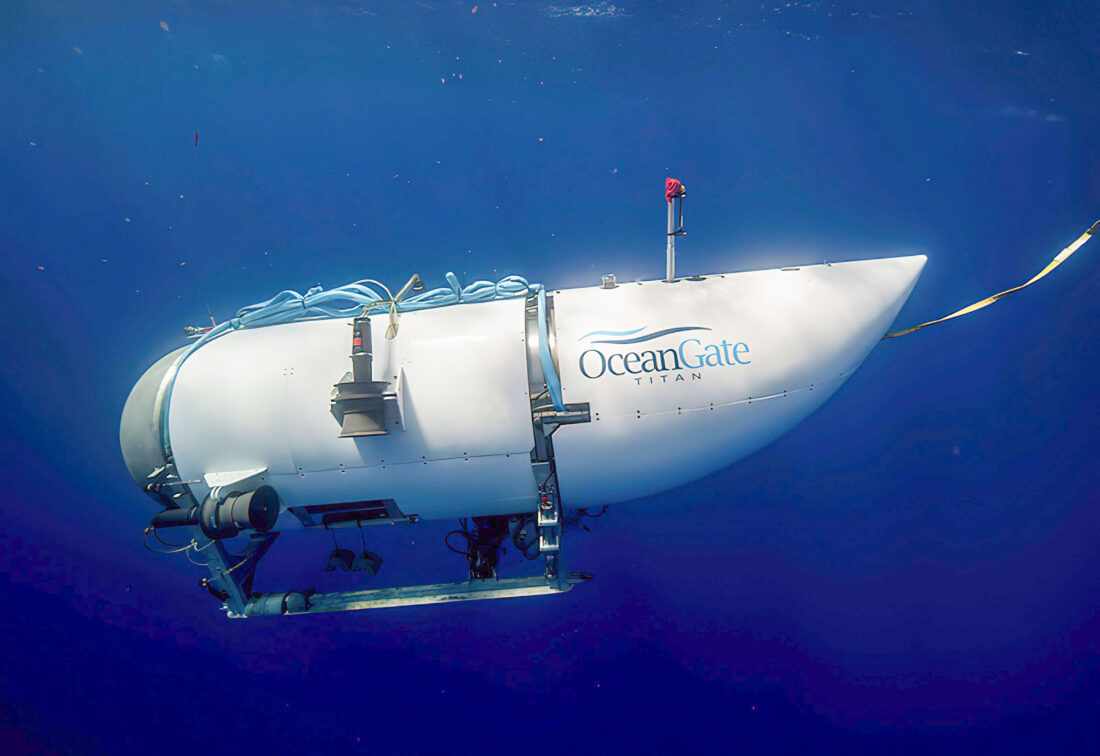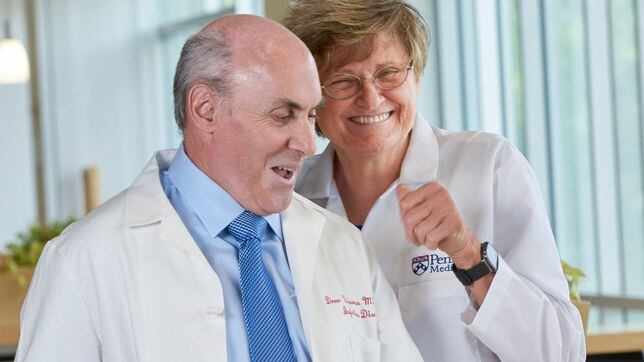
Have you ever wondered what happens when light hits matter? Or how electrons move inside atoms? Thanks to a new invention, we may soon be able to answer these questions and more. A team of scientists has developed a new way to generate extremely short pulses of light, called attosecond pulses. Attoseconds are so short that they can be used to study the motion of electrons in real time ; which was once used to be impossible according to Heisenberg theory. This new invention is a major breakthrough in the field of physics. It has the potential to revolutionize our understanding of how matter works.
What is attosecond (as)?
Imagine a race between a snail and a hare. The snail is slow, but it is very persistent. The hare is fast, but it is also a bit lazy. The race is to see who can cross a finish line that is 1 attosecond away. The hare starts off quickly, but it soon gets bored and starts to slow down. The snail, on the other hand, keeps going at its own slow but steady pace. And when the time the race was about to end you blink. The judges said,the snail wins the race by a fraction of an attosecond. A blink of an eye takes about 150,000,000,000,000 attoseconds. Attoseconds are incredibly short units of time. One attosecond is equal to one quintillionth of a second, or 0.000000000000000000000001 seconds.
The genaration of attosecond pulses of light
In the 1980s, researchers discovered that high-order harmonics (HHG) could be produced when rare gases were exposed to infrared photons of intensity 1013 W/cm2. This was the first observation of a very clear HHG plateau. In 1991, Anne L’Huillier, Kenneth Schafer and Kenneth Kulander presented results from a numerical solution of the time-dependent Schrödinger equation (TDSE) and provided a clear derstanding of the HHG process. They correctly predicted the general shape of the HHG spectrum, realized that HHG is a single electron effect (SAE), and provided the first ever discussion of macroscopic phase matching. In 1993, Kulander gave an oral presentation of the team’s newly formulated rescattering model, which shows how short pulses in the extreme ultraviolet (XUV) are produced by HHG. In the same year, Paul Corkum formulated an alternative to the rescattering model, which became known as the three-step model. Both models describe the HHG process as a three-step process: tunnelling ionization, electron acceleration and recombination. In 1994, Lewenstein, L’Huillier and Corkum, with several other co-authors, presented a full quantum theory that confirmed the semiclassical interpretations of Kulander and Corkum. Armed with a solid understanding of the rescattering process, L’Huillier and co-workers proceeded to move the observation and understanding of HHG towards its use to generate attosecond pulses. The development of attosecond pulses required both theoretical and experimental advances. Agostini and co-workers in 1994 developed the RABBIT technique to measure the pulse duration of attosecond pulses. Corkum, Burnett and Ivanov and Schafer and Kulander provided important theoretical insights into the generation of attosecond pulses. Krausz and his research group in Vienna in collaboration with Nisoli's group in Milan produced the shortest pulses ever at the time: 4.5 fs with krypton filling a hollow fibre, and 5 fs with argon as the fibre-filling gas. In 2001, attosecond pulses were demonstrated in Paris- Saclay and Vienna. The Agostini group in Paris-Saclay produced a train of pulses with a duration of 250 as, and the Krausz group in Vienna produced isolated pulses of duration 650 as. These advances opened the window to the study of electron dynamics in atoms, molecules and matter in the condensed phase.
The Nobel Laureates
Anne Geneviève L'Huillier is a French Swedish physicist was born in Paris in 1958. She was awarded a double master's degree in theoretical physics and mathematics, but switched for her doctorate degree to experimental physics at Pierre and Marie Curie University. Her dissertation was on multiple multiphoton ionization in laser fields of high intensity. She carried out her dissertation research at the Commissariat à l'énergie atomique et aux énergies alternatives (CEA), near Paris. She leads an attosecond physics group which studies the movements of electrons in real time, which is used to understand the chemical reactions on the atomic level.Her experimental and theoretical research are credited with laying the foundation for the field of attochemistry.
Pierre Agostini is a French experimental physicist born in Tunis, in the French protectorate of Tunisia, in 1941. Dr.Agostini studied physics at Aix-Marseille University, where he subsequently received a B.Ed. degree (licence d'enseignement) in physics and a M.A.S. degree (diplôme d'études approfondies). In 1968 he completed a doctoral degree there, on multilayer dielectric filters for the ultraviolet, titled Appareillage permettant la réalisation de filtres multidiélectriques UV : Étude des couches Sb2O3. He is currently an Emeritus professor at Ohio State University.
Ferenc Krausz is a Hungarian–Austrian physicist working in attosecond science. He is currently a director at the Max Planck Institute of Quantum Optics and a professor of experimental physics at the Ludwig Maximilian University of Munich in Germany. He studied theoretical physics at Eötvös Loránd University and electrical engineering at the Technical University of Budapest in Hungary. Later on he began his research work at BME Institute of Physics, and spent three years researching in the university's laser laboratory. From 1987 to 1991 he graduated with a PhD at the Technical University of Vienna, in Austria.
Written by Nure Zannat
Sources: https://www.wikipedia.org/ https://scholar.google.com/ https://www.nobelprize.org/ https://www.semanticscholar.org





Write a comment ...